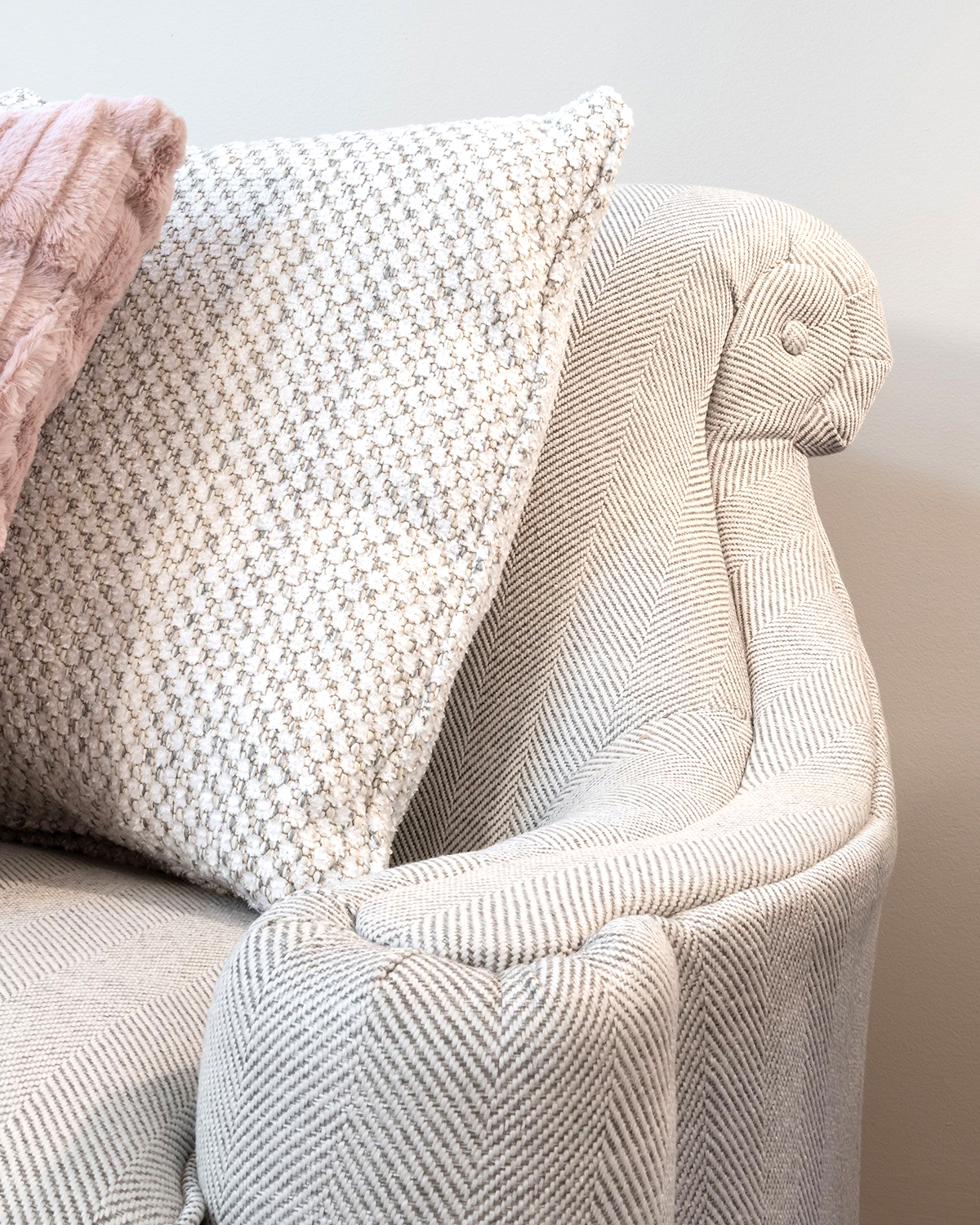WRITER | RACHEL WHITE
Buying a bed is a major investment – both financially and in your health. It goes way beyond the aesthetics, because what’s important in a mattress is what’s on the inside. We all know that sleep is imperative to our health and well-being. Sleep loss has been correlated with heart disease, stroke, and even Type 2 diabetes! Good rest is linked to a stronger immune system, eating less, improved concentration, and a better social life. This doesn’t even take into account everyday aches and pains like sore backs, shoulders, and hip pain.
Mattresses last seven or eight years, on average, and Americans spend about a third of their life in bed – either sleeping or trying to fall asleep. If you’re one of the poor souls tossing and turning, or if you are coming up on a decade with your current mattress, it may be time for a new one. Don’t put your physical and mental wellness at risk.
With so many new kinds of mattresses out there, knowing what to buy can be a challenge. The goal: keep your body aligned without putting excessive pressure on any one spot. To help with your purchase, here are the most common types of mattresses, and the pros and cons of each.
Innerspring (also known as coils)
This is the most common type of mattress, both because they’ve been around the longest and because they’re the most affordable. However, these are some of the fastest to wear out, so if you are looking for an investment, it may behoove you to think about the other types. With coils, the more, the better. Also, individually wrapped coils are better for both contouring your body and stopping motion transfer (when your partner rolls over and it wakes you up). There can be different layers of cushioning on top with some options. Beware, experts say that “pillow-tops” start to deteriorate and sag long before the mattress itself.
Pros: Affordable, Wide range of support
Cons: Motion transfer, Seven-year average lifespan
Foam
These mattresses are gaining a lot of popularity, and sleepers on this type are more likely to say they’re satisfied with their beds. They are made of either polyurethane, or sometimes latex, or a combination of the two. Best for side-sleepers, memory foam gives you that feeling of being hugged, wrapping around your body. This type works well for people with back or joint pain as they are great for relieving pressure.
Pros: Supportive and comfortable, Lifespan of about ten years for memory foam, latex lasts a little longer with an average of 15 years
Cons: Some may off-put gases or smell, Can get hot
Hybrid
It is becoming more common for manufacturers to combine coils as a support core with a foam comfort layer on top in order to reap the benefits of each.
Pros: Ability to customize
Cons: Can be more expensive, Lifespan is estimated at six years
Air Bed
An airbed is made with internal air chambers that adjust for firmness and support and may work best for co-sleepers who like different levels of support.
Pros: Good for couples with different firmness needs, Longer lifespan of roughly eight years
Cons: People have had problems with mold, noise, and mechanical failure, Limited availability, Higher cost
The way people purchase a mattress has probably changed since you last bought one. Buyers can still go the conventional route – head to a store and lie down until you feel one that you like. If you do this, bring your own pillow and take your time. Five to ten minutes on your back, side, and stomach if you sleep that way. Don’t be afraid to send the salesman away for a while. If you go to a chain store, they have big mark-ups, and there is room for discounts, so come ready to haggle. Also, consider local mattress manufacturers. Whichever way you go, make sure they have a great return policy.
Another route is to purchase online. There are many sites that promise five-star reviews and one-size-fits-all mattresses. Many companies deliver to your door in a box and have free pick-up and returns if you don’t like the bed; some going so far as to give lifetime warranties. Do your homework. Take a survey of your friends. If they love their bed, do the awkward thing and ask to lie on it for a while to get a feel for it. Then purchase a mattress that you can return if you’re not pleased.
It’s important to remember that, when it comes to a good night’s sleep, the fewer sheep you have to count, the better!








